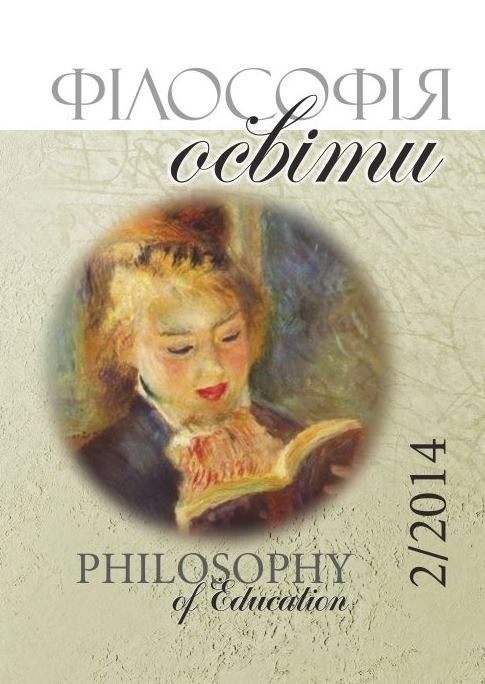Transcultural Competence: Way of Education to Global Culture of the Peace.
Keywords:
transcultural education, transcultural competence, global culture of peace, transculturalism, critical thinking, heterologous thinking, transgression, communicative ethics, tolerance, intercultural communicationAbstract
The contemporary educational policy is influenced by the sociocultural challenges of globalization, which occurs as a process of destruction of previous, still relatively homogeneous ethno-cultural and national integrity, and the becoming the new network multicultural structures in a complex and contradictory processes of integration and the information revolution, multiplying the differences of life measurements both at the national and global level. To what should education be directed in these circumstances in order to
promote a person with the qualities and competencies of an adult as a citizen? It is about the individual, which is able to be responsible for the formation of his/her way of life in a new space of culture, which is determined by turbulent flows of chaotic interweaving and cultural mixing integrity, that is, in the space of "trans", potentially emerging as the space of the global culture of the peace. What should be the competence of the individual in order to think, to build relationships and to act in the relevant contexts of the best humanist
scenarios of the future? The article refers to transcultural competence of the individual as the educational strategy and practical task, namely, the critical and heterologous thinking, the ability to cultural transgression and nomadic transversal movement, communicative ethics, and emotional development, the openness to Other and tolerance as recognition and respect, the ability to communicate, discourse and consensus as a manifestation of a new universal culture of the peace.
Downloads
-
PDF (Українська)
Downloads: 267
Published
How to Cite
Issue
Section
License
- Authors who publish with this journal agree to the following terms:
- Authors retain copyright and grant the journal right of first publication;
- Authors are able to enter into separate, additional contractual arrangements for the non-exclusive distribution of the journal's published version of the work (e.g., post it to an institutional repository or publish it in a book), with an acknowledgement of its initial publication in this journal.





